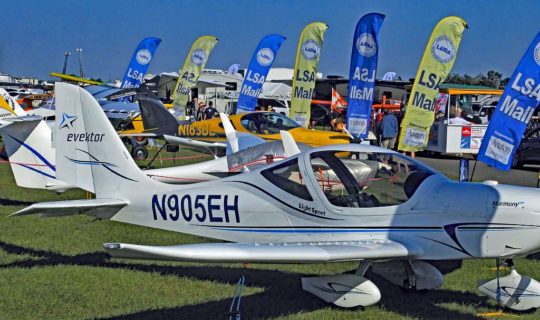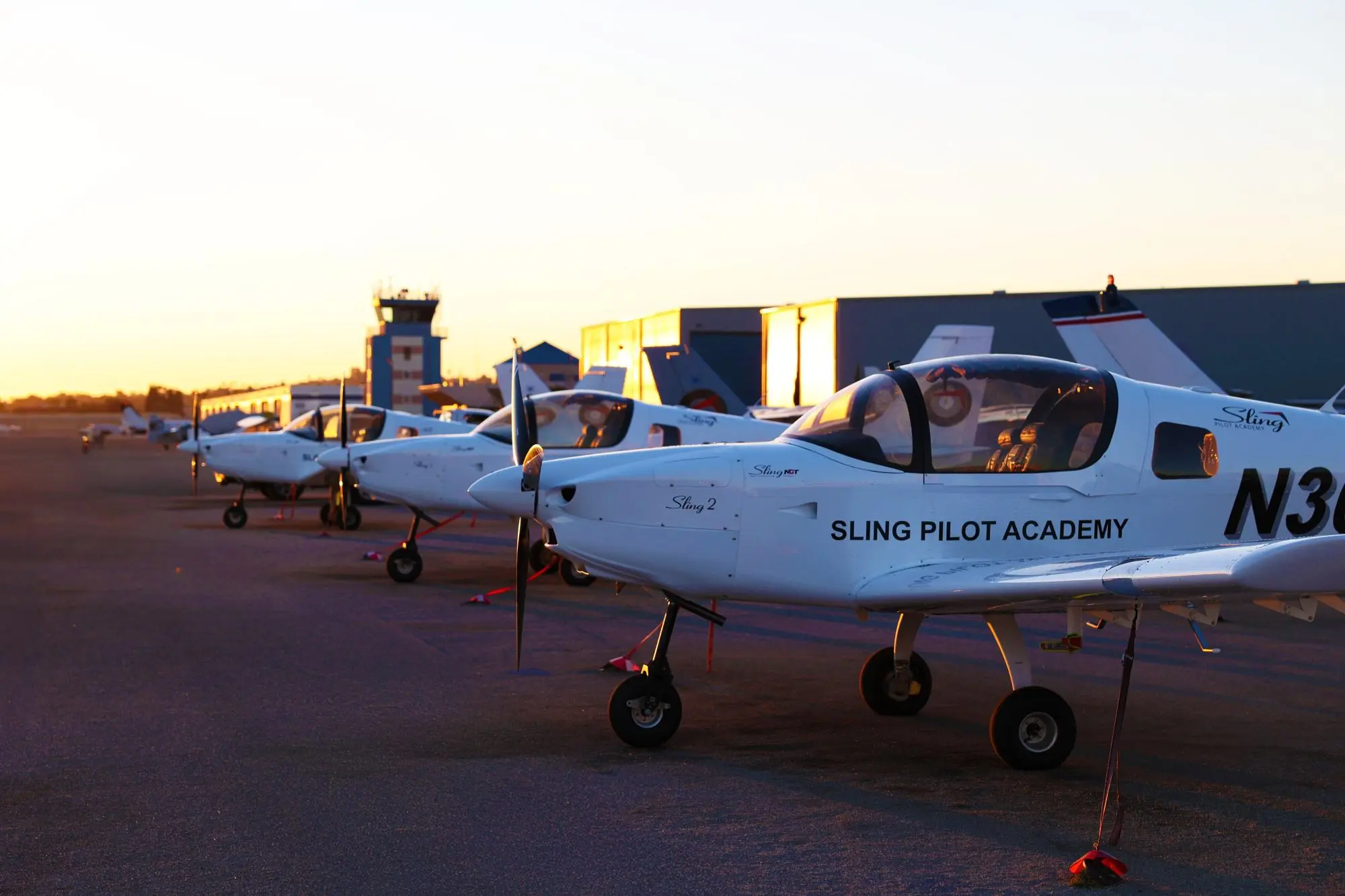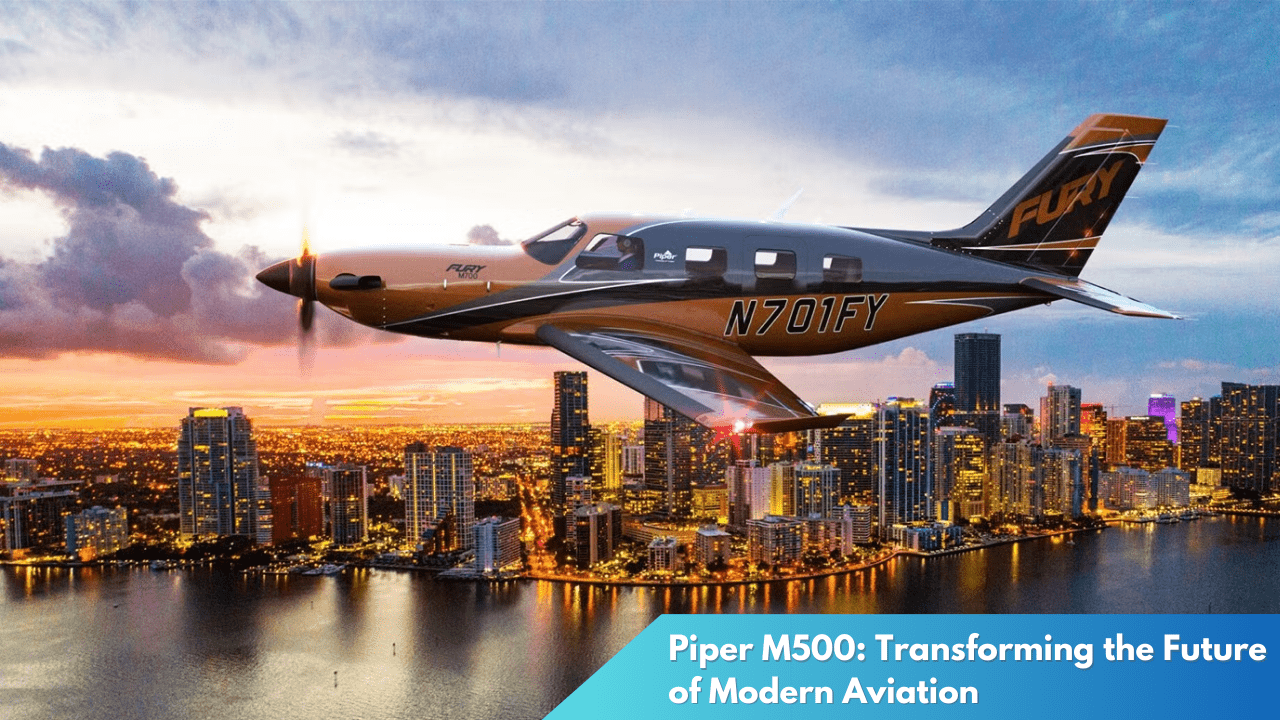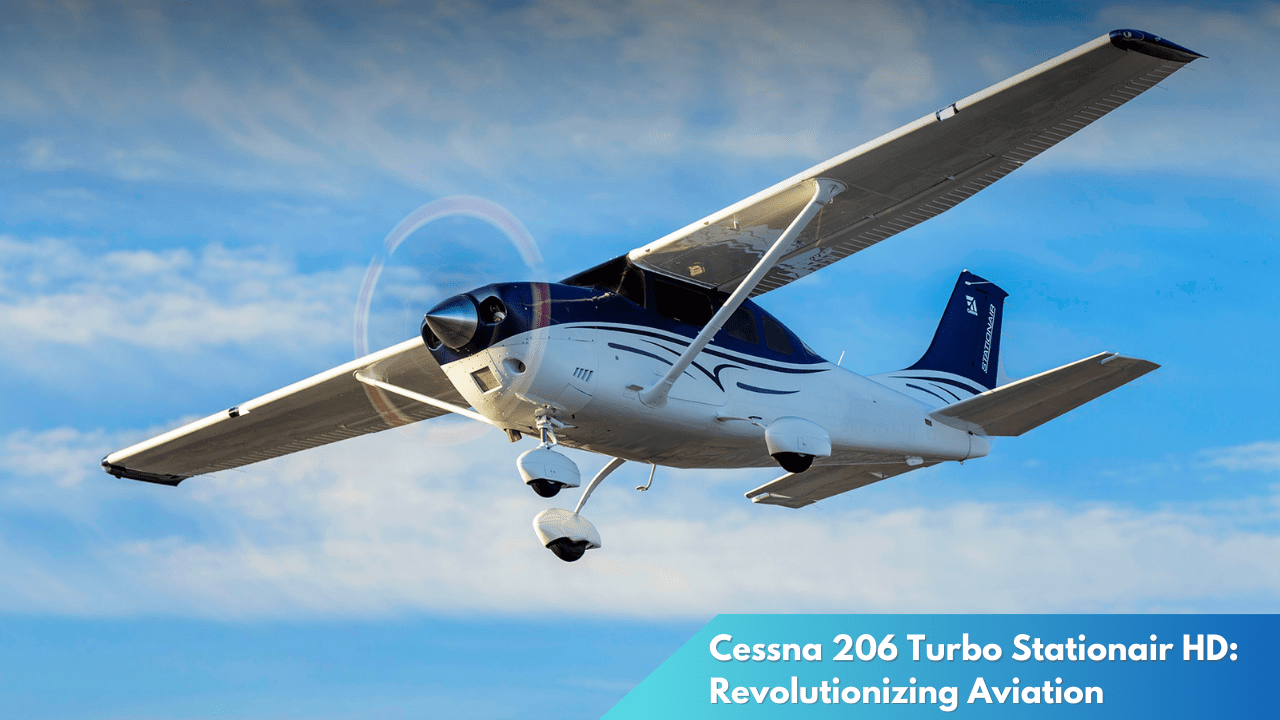Tracing the Evolution and Advances of Light-Sport Aircraft
The realm of aviation has always been a fertile ground for innovation and evolution. Among the various segments of the aviation industry, Light-Sport Aircraft (LSA) have carved a niche for themselves by offering accessibility and versatility to flying enthusiasts. Over the years, LSAs have undergone significant transformations, both in terms of their origins and technological advancements. This article delves into the historical progression of LSAs and the recent technological strides that have propelled these aircraft into the modern era of aviation.
Tracing the Historical Evolution of Light-Sport Aircraft
The concept of Light-Sport Aircraft is relatively recent, yet its roots can be traced back to the early days of aviation when enthusiasts sought to design small, lightweight, and more affordable flying machines. The post-World War II era saw an increase in interest for personal aircraft, with many surplus military planes being repurposed for civilian use. This period marked the beginning of the pursuit for planes that were not only easy to operate but also economical for the average aviation enthusiast.
By the latter half of the 20th century, the ultralight movement began to take shape, laying the groundwork for what would eventually become LSAs. Ultralights, characterized by their minimalistic design and low operating costs, gained popularity among hobbyists. However, these aircraft often lacked the regulatory oversight necessary for widespread acceptance and safety, primarily existing outside the realm of conventional aviation regulations.
The formal introduction of the Light-Sport Aircraft category by the Federal Aviation Administration (FAA) in 2004 was a turning point, providing a standardized framework for design, manufacture, and operation. This new category aimed to strike a balance between the freedom of ultralight aircraft and the safety and reliability of certified aircraft. The establishment of LSAs opened up the skies to a broader range of pilots, offering an opportunity for more people to embrace the joys of flying without the high costs associated with traditional general aviation aircraft.
Recent Technological Advances in Light-Sport Aviation
In recent years, technological advancements have significantly enhanced the capabilities and appeal of Light-Sport Aircraft. One of the most notable developments is the integration of advanced avionics systems, which have transformed the cockpit experience. Modern LSAs are now equipped with glass cockpit displays, GPS navigation, and digital instrumentation, providing pilots with a level of information and situational awareness previously found only in larger, more expensive aircraft.
The materials used in the construction of LSAs have also seen significant innovation. The adoption of composite materials, such as carbon fiber and fiberglass, has led to lighter and more aerodynamically efficient designs. These materials not only improve fuel efficiency and performance but also enhance the durability and structural integrity of the aircraft. As a result, LSAs are now capable of achieving greater speeds and longer flight ranges, making them more versatile for various recreational and training purposes.
Moreover, the push for environmentally friendly aviation has influenced the development of electric-powered LSAs. Advances in battery technology and electric propulsion systems have allowed manufacturers to explore cleaner and quieter alternatives to traditional combustion engines. While still in the early stages, electric LSAs represent a significant step toward sustainable aviation, promising reduced operational costs and lower environmental impact.
The evolution and advancement of Light-Sport Aircraft underscore the dynamic nature of the aviation industry and its ability to adapt to changing demands and technologies. From their humble beginnings as ultralights to the sophisticated machines they are today, LSAs continue to captivate aviators with their blend of accessibility, innovation, and performance. As technology continues to advance, the future of LSAs promises even more exciting developments, ensuring their place in the skies for generations to come.



